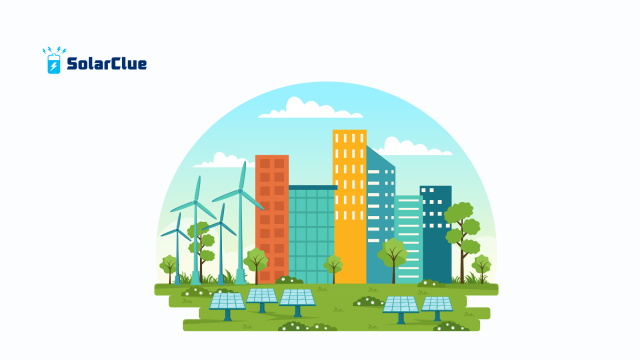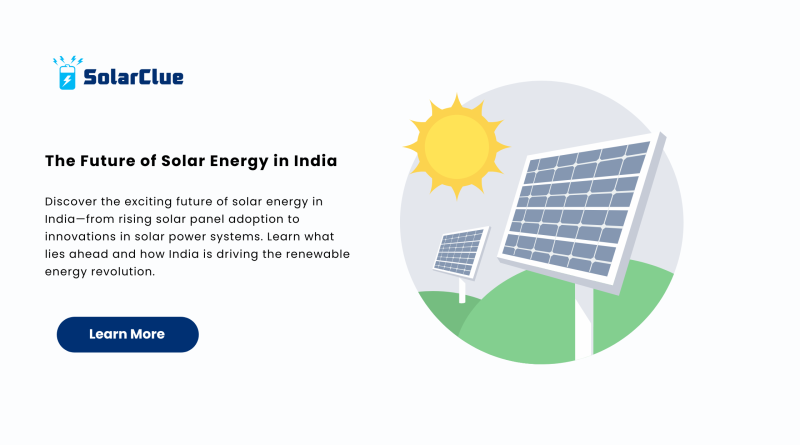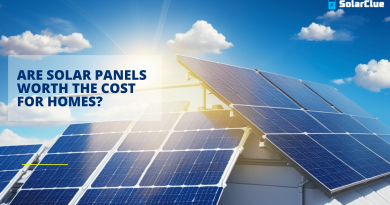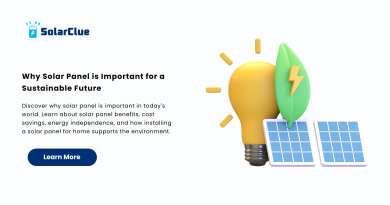The Future of Solar Energy in India
India, a country blessed with abundant sunlight for most of the year, is rapidly becoming a global leader in renewable energy. Among all green energy sources, solar energy is shining the brightest. With a population of over 1.4 billion and growing energy demands, the country is actively transitioning toward sustainable sources. As we look toward the future, the potential for solar power in India is nothing short of transformative.
Table of Contents
- 1 Why Solar Energy Is Vital for India’s Future
- 2 Current Status of Solar Power in India
- 3 Key Drivers of Solar Energy Growth
- 4 Future Trends in Solar Energy
- 5 Challenges to Overcome
- 6 The Role of Solar in India’s Green Economy
- 7 Is India on Track to Be a Solar Superpower?
- 8 How You Can Be Part of the Solar Future
- 9 FAQs
- 10 Conclusion:
Why Solar Energy Is Vital for India’s Future
The Indian government has set an ambitious target of achieving 500 GW of non-fossil fuel capacity by 2030, with a significant chunk coming from solar power systems. This push is not just about meeting energy demands—it’s also about reducing carbon emissions, curbing pollution, and creating a cleaner future. Given that India receives over 300 sunny days a year, the potential for solar energy generation is immense.
Current Status of Solar Power in India
As of 2024, India has surpassed 75 GW of installed solar power capacity, making it the fourth-largest solar power generator in the world. The development of large-scale solar panel farms, rooftop installations, and floating solar projects highlights the country’s multi-pronged approach. States like Rajasthan, Gujarat, Tamil Nadu, and Karnataka are leading the charge in solar deployment.
Key Drivers of Solar Energy Growth
Government Initiatives and Subsidies
Central and state governments are offering various subsidies, incentives, and policies to promote solar panel installations. Programs like PM-KUSUM, Rooftop Solar Scheme, and state-level net metering policies have played a crucial role in encouraging adoption among households, businesses, and farmers.
Technological Advancements in Solar Panels
With innovations such as bifacial solar panels, PERC technology, and smart inverters, solar power systems have become more efficient and affordable. Storage technologies like lithium-ion batteries are also improving, enabling users to store excess energy for later use.
Decreasing Costs of Solar Power
Over the last decade, the cost of solar energy in India has plummeted by over 80%. Solar is now often cheaper than coal-based electricity, making it an attractive alternative for both commercial and residential users.
Future Trends in Solar Energy
Expansion of Rooftop Solar
Rooftop solar panel installations are expected to grow significantly as urban dwellers look to cut electricity costs and become energy independent. The rooftop market is being fueled by easier financing options and simplified installation processes.
Integration with Smart Grids
As India modernizes its power infrastructure, solar power systems will be increasingly integrated with smart grids. This will help optimize energy distribution, reduce transmission losses, and improve energy efficiency.
Hybrid Solar-Wind Projects
Combining solar power with wind energy provides a more consistent and reliable power supply. Hybrid projects are being explored across states to maximize land usage and optimize renewable energy generation.
Floating Solar Panels
With limited land availability in some areas, floating solar panel installations on lakes, reservoirs, and dams are gaining traction. These not only save land but also reduce water evaporation and improve panel efficiency by keeping them cool.
Challenges to Overcome
While the outlook for solar energy is promising, there are hurdles:
-
Land acquisition issues for large-scale projects
-
Grid integration challenges in remote regions
-
Lack of awareness and technical expertise among rural consumers
-
Intermittency of solar power due to cloudy weather and night-time
However, with focused government policy, public-private collaboration, and ongoing technological innovations, these obstacles are being actively addressed.
The Role of Solar in India’s Green Economy
Solar is not just a power solution—it’s an employment generator and economic booster. The solar power sector has already created hundreds of thousands of jobs in manufacturing, installation, sales, and maintenance. As the sector grows, it will offer new opportunities in energy entrepreneurship, skill development, and rural empowerment.

Is India on Track to Be a Solar Superpower?
Yes, and the numbers back it up. With declining prices, favorable geography, and strong policy backing, India is poised to be a solar energy powerhouse. The International Energy Agency (IEA) has stated that India’s solar growth rate is one of the fastest globally. If the current momentum continues, India could easily exceed its 2030 targets.
How You Can Be Part of the Solar Future
Whether you are a homeowner, business owner, or farmer, now is the time to embrace solar energy. Installing a solar power system not only cuts down your electricity bill but also reduces your carbon footprint. Additionally, with net metering, you can sell excess energy back to the grid—making your solar investment even more rewarding.
If you’re ready to take the leap, it’s important to choose the right solar panel brand, system size, and installation partner. And that’s where platforms like SolarClue can help.
FAQs
1. What is the future of solar energy in India?
The future of solar energy in India is highly promising, with significant investments, technological improvements, and government support driving rapid growth across all sectors—residential, commercial, and utility-scale.
2. Will solar panels become cheaper in the coming years?
Yes. As technology advances and economies of scale improve, the cost of solar panels is expected to decline further, making solar power more accessible to the average consumer.
3. Can a solar power system run my entire home?
Absolutely. With proper system sizing and battery backup, a solar power system can power your entire home, including heavy-load appliances.
4. How long do solar panels last?
Most solar panels come with a warranty of 25 years and can function efficiently even beyond that with minimal performance degradation.
5. What are the benefits of using solar energy?
Using solar energy reduces electricity bills, lowers carbon emissions, increases energy independence, and qualifies you for government subsidies and tax benefits.
Conclusion:
The renewable revolution is already here—and the sun is at the center of it. Want to make a smart energy choice for your future? Start your journey by exploring more insights at blog.solarclue.com or check out reliable solar solutions at solarclue.com—your partner in powering a greener tomorrow.



